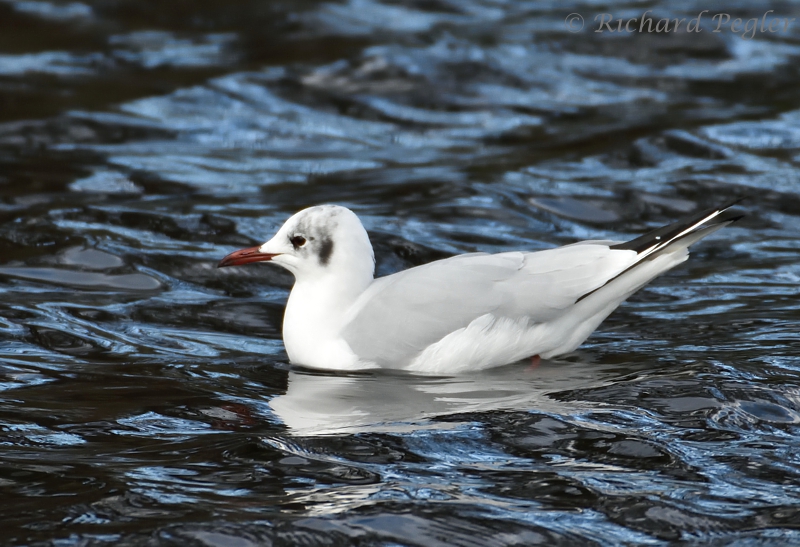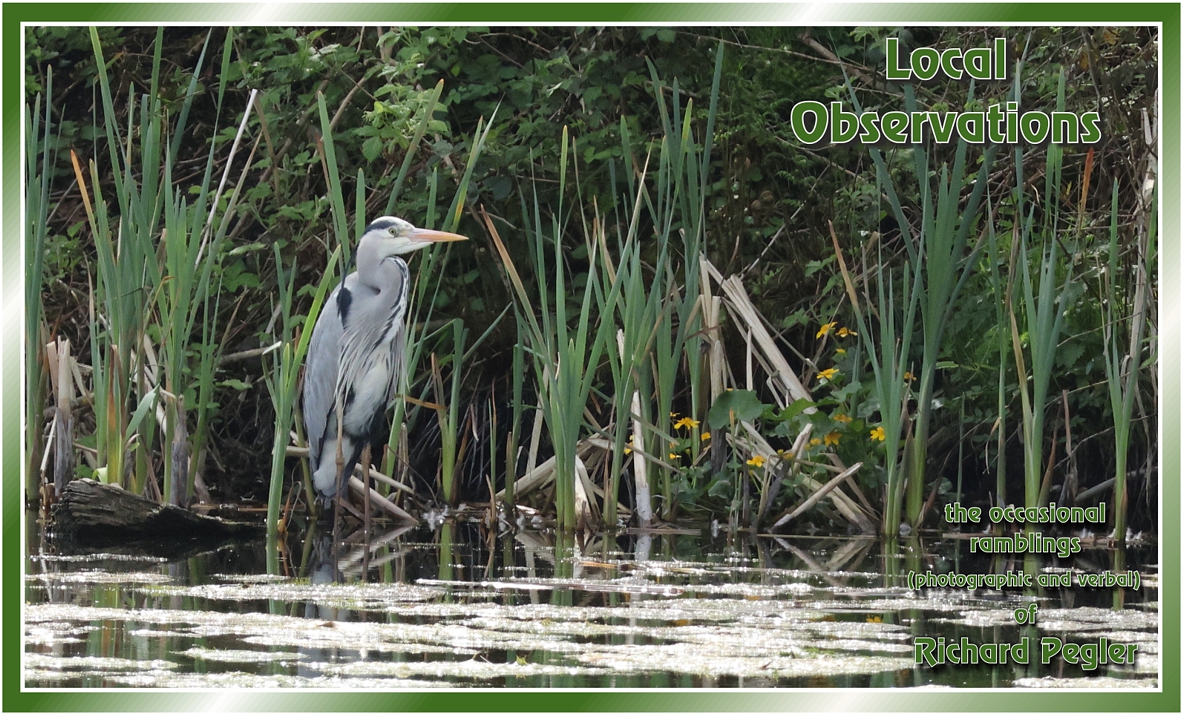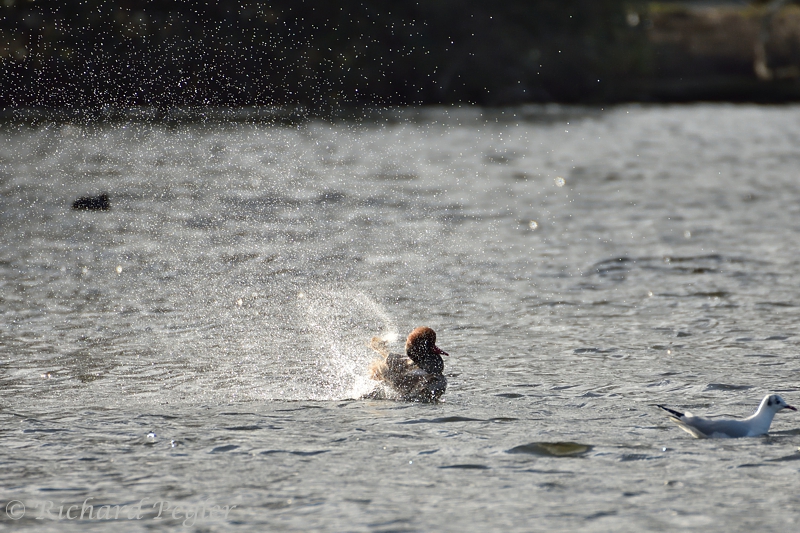It had been several months since I last paid a visit to Hicks Lodge, although it is only about one and a half miles (2km) from my home. This was partly due to the access path that I usually use being prone to flooding in the winter months. As we had recently enjoyed a short dry spell , I decided to give it a whirl.
Having parked in the Oakthorpe Colliery car park I headed up the track towards the main lake. I was very pleased to find that the path through the areas that were often flooded had been raised and drainage pipes ran underneath it.
On my way in, I spotted a Buzzard high up over the the distant woodland.
 |
| Common Buzzard (Buteo buteo) - Hicks Lodge | |
|
My main reason for wanting to visit this site was to see if I could find Common Snipe as they are often here in good numbers in the winter. Via a somewhat circuitous route, I stealthily approached the edge nearest the small island on the main lake only to find, to my dismay, that it had been totally cleared of vegetation and was almost certainly totally unattractive to roosting Snipe.
It was time for a wander round the edge of the lake to see what might be around. Canada Goose were there in good numbers and, as usual, gave plenty of vocal warning before taking off to depart.

 |
Canada Goose (Branta canadensis) - Hicks Lodge
|
Canada Geese, as with other geese, also like to noisily announce their arrival.
 |
| Canada Goose (Branta canadensis) - Hicks Lodge |
As I approached the western end of the main island on the lake, which was well-vegetated, I spotted a Snipe resting at the water's edge.
 |
Common Snipe (Gallinago gallinago) - Hicks Lodge
|
The above image was heavily cropped from a shot with the lens at the full 500mm. Here's one that I have only cropped from top and bottom, just to set the scene:-
 |
| Common Snipe (Gallinago gallinago) - Hicks Lodge |
I was a little surprised, on further examination of the shot, to find two other Snipe in the photo. The yellow lines, below, lead to them, but you probably will still not be able to see them!
 |
| Common Snipe (Gallinago gallinago) - Hicks Lodge |
The same thing happened with the next Snipe that I found. This was my target bird.
 |
| Common Snipe (Gallinago gallinago) - Hicks Lodge |
- and these two show a bird that I had not noticed to the left of my target.
 |
| Common Snipe (Gallinago gallinago) - Hicks Lodge |
I then had a walk round the site before returning to this island with the Snipe, taking the opportunity to photograph a Great Crested Grebe as I did so.
 |
Great Crested Grebe (Podiceps cristatus) - Hicks Lodge
|
Back at the island, I spotted what initially seemed to be two Snipe together, but then looked as if it could be three. Again, when studying my shots later, I found that there were at least five Snipe in frame - the one just to the right of the group of four (or maybe more?) is just visible.
 |
| Common Snipe (Gallinago gallinago) - Hicks Lodge |
My last Snipe find was what I thought to be a single bird, but turned out to be two when the photos were studied.
 |
| Common Snipe (Gallinago gallinago) - Hicks Lodge |
It was now time to wend my way homeward. I took some shots of Coot and Moorhen as I passed.
 |
| Coot (Fulica atra) - Hicks Lodge |
 |
| Moorhen (Gallinula chloropus) - Hicks Lodge |
From by the hide, which was locked closed, I took some shots of the very distant Goosander. There was a male with six females. I also took some shots of Lapwing, which had come in to roost on the denuded island.
 |
| Goosander (Mergus merganser) (females + male) - Hicks Lodge |
 |
Lapwing (Vanellus vanellus) - Hicks Lodge
|
I'd just set off on the track which would take me back to my car, when I heard my name being called from behind me. It was my old pal 'Doc Martin', who I had not seen for a long while although we had been in contact. We had a much-appreciated chat for about twenty minutes before I had to depart as I was on cooking duty that afternoon.
As I passed down the track to my exit point, there were foraging geese on either side of the track. Photographing them through the hedge was a bit of a challenge, especially as the light had nearly gone.
 |
| Canada Goose (Branta canadensis) - Hicks Lodge |
 |
Greylag Goose (Anser anser) - Hicks Lodge
|
It had been a highly enjoyable short visit, which included a stark reminder as to how cryptic a Common Snipe's plumage can be. With my binoculars, I thought that I'd seen six Snipe, but my camera witnessed twelve! If I'd had a 'scope, I might well have seen more.
That's it for this post. There will probably be another one from me in about a week. In the meantime, take good care of yourself and Nature - - - Richard
















































































